Notes: A miscellany of news and events
ravines
Save the date, October 10, for the annual Ravine Symposium, held at the Toronto Botanical Garden. This always informative event brings together ecologists, researchers, designers, activists, and others to discuss issues and learn about recent research and approaches to ravine protection. One of the highlights this year is Henry Hughes, former Director of Education at the Birmingham Botanical Garden, who will be giving the keynote address on the highly successful Centennial Tree Program of Birmingham, Alabama, which has engaged a diversity of groups in mapping trees, collecting and storing seed, and growing, planting, maintaining, and monitoring the urban forest. Along with his keynote at the Ravine Symposium, Hughes will also be delivering an urban tree conservation workshop on October 11. For more information, visit www.torontobotanicalgarden.ca.

books
A new book, Vacant to Vibrant: Creating Successful Green Infrastructure Networks, by Sandra L. Albro, recently published by Island Press, explores how communities can effectively repurpose vacant lots as urban green space. The author, project manager for Vacant to Vibrant, recounts the challenges and successes she and her team faced in piloting the creation of green infrastructure networks in Gary, Indiana; Cleveland, Ohio; and Buffalo, New York. Through this transformative project, vacant lots were converted into small stormwater parks that provided recreation and stormwater management in neighbourhoods recovering from population decline and disinvestment. Albro provides lessons about designing, building, maintaining, and funding urban green spaces as well as the limitations of green infrastructure networks. For more information, visit www.islandpress.org.
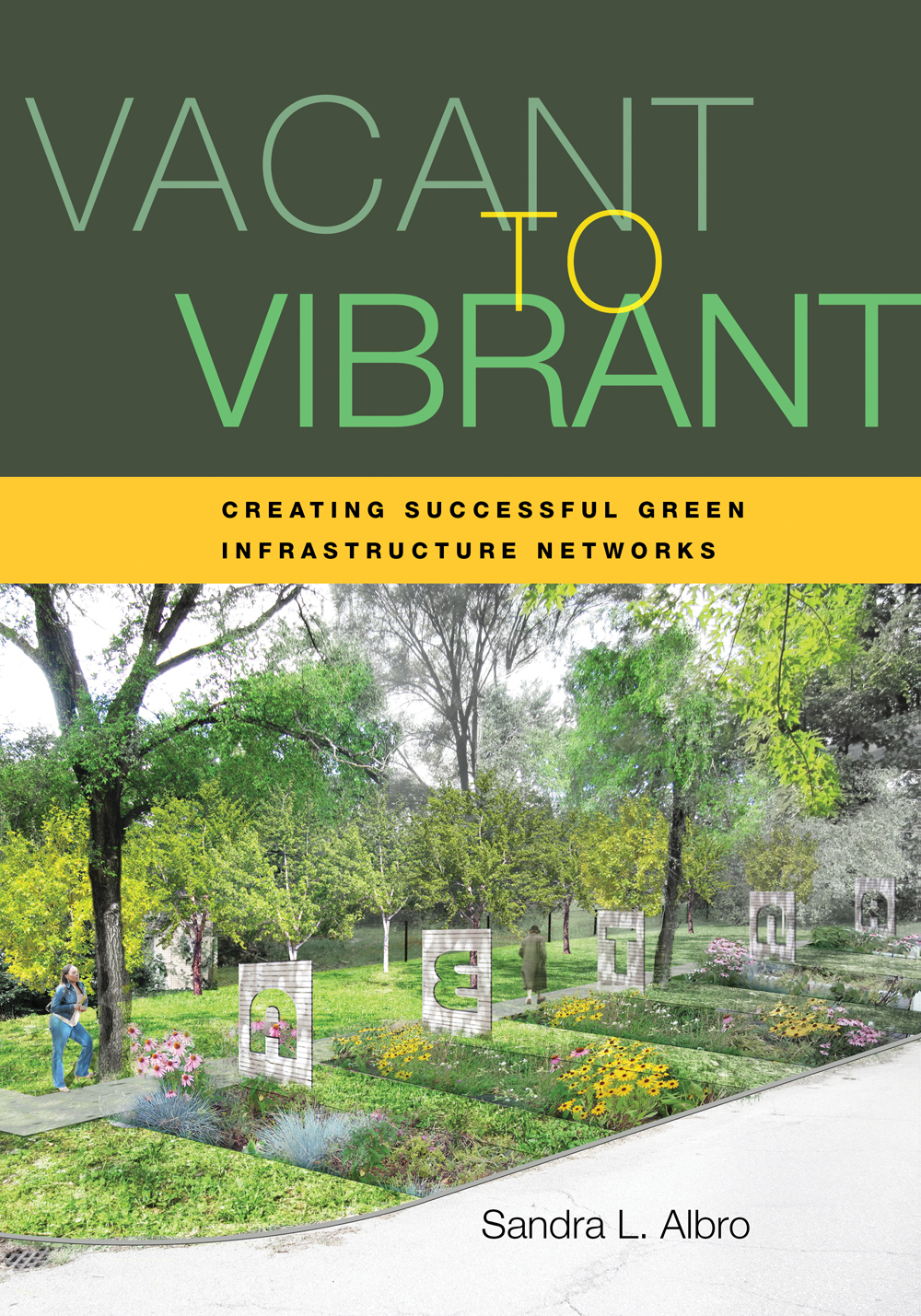
Alissa North, Associate Professor at the Daniels Faculty at the University of Toronto, recently published Ravine Re-Create: Design Ideas for Toronto’s Ravines. The book highlights work from Daniels Faculty students who worked in collaboration with the City of Toronto, the Toronto and Region Conservation Authority, Waterfront Toronto, and Evergreen, to develop designs and ideas for reimagined landscapes that address specific action items and priorities identified by the Toronto Ravine Strategy. The book retails for $47.50 (including tax) and can be purchased by emailing Alissa North at [email protected].


new members
The Ontario Association of Landscape Architects is proud to recognize and welcome the following new members to the Association:
- Walter Bone
- Angela Chieh *
- David Craig
- Marlise Eguchi *
- Shannon Gallant
- Alexandra Hossfeld
- Aisha Jiao
- Hyun Chung Kim *
- Carla Lipkin *
- Kaly Manson
- Leslie Morton
- Andrew Naylor *
- Adam Novack
- Adele Pierre
- John Slack
- Laura Williams
Asterisk (*) denotes Full Members without the use of professional seal.
soil
The Glen Road Organics is hosting a conference “Organic Matter Matters” on July 20, in Woodville, Ontario. Featuring well-known soil expert Dr. Elaine Ingham, the conference will focus on linking the soil foodweb to organic matter and regenerative soil health. For more information, visit www.theglenroadorganics.com.
awards
Each year, the OALA selects a project from the Grow Op exhibition, held at the Gladstone Hotel in Toronto, to receive an award. The 2019 OALA Award went to Noni Kaur’s Microbial Feast. Noni Kaur’s practice explores how culture and materials are adapted or transformed in different spaces and environments. Rangoli is an Indian/ Singaporean practice that uses coloured materials to decorate floors in domestic and public spaces. Building upon this tradition, Kaur works with desiccated coconut—a commonplace domestic commodity—to draw on the ephemeral nature of the practice and its connections to cycles of life and death.
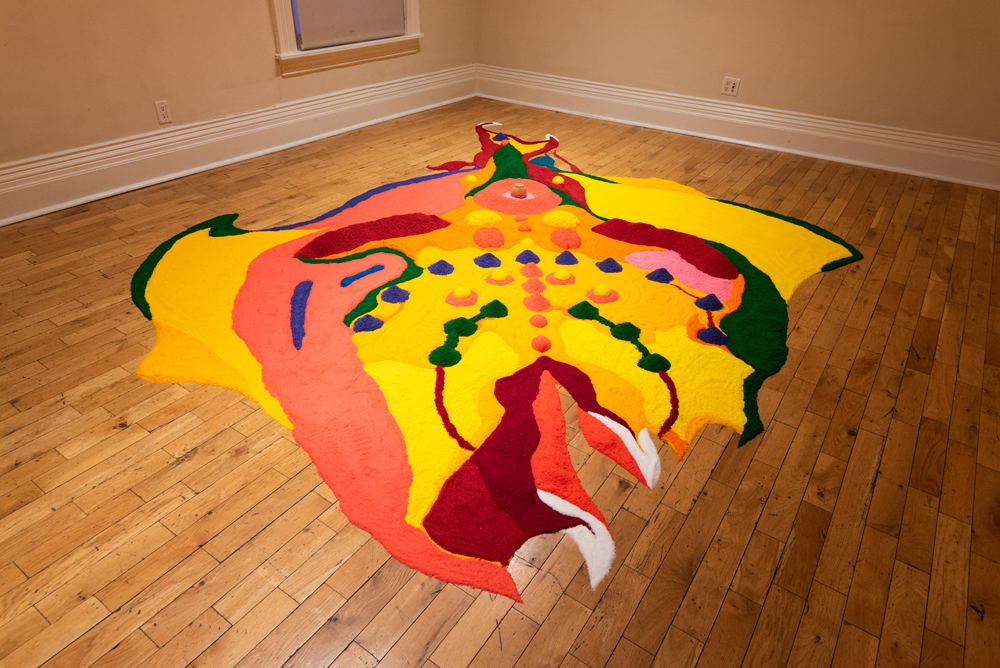
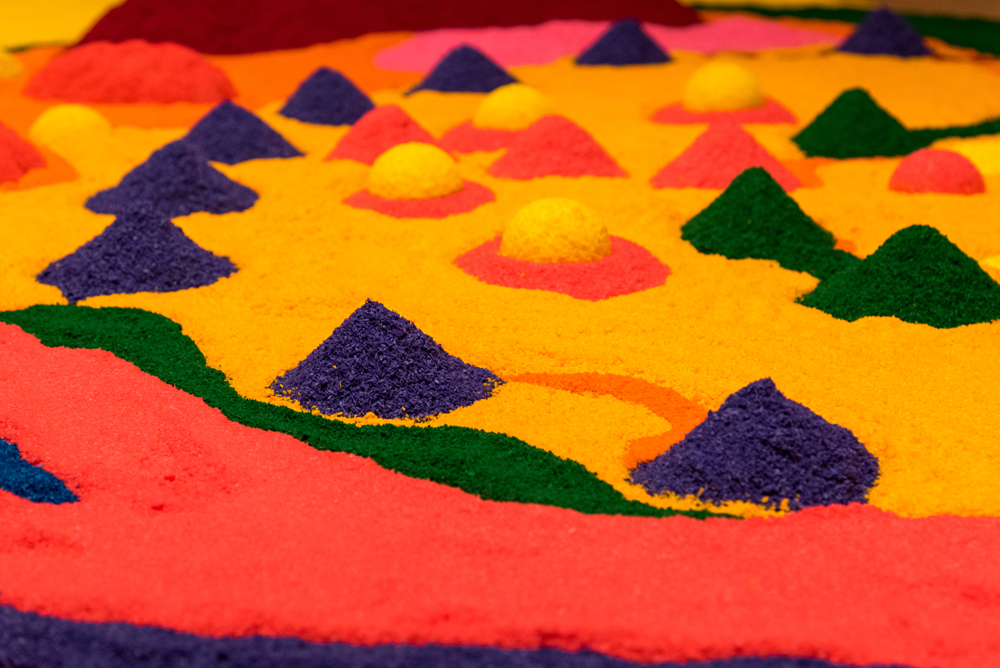
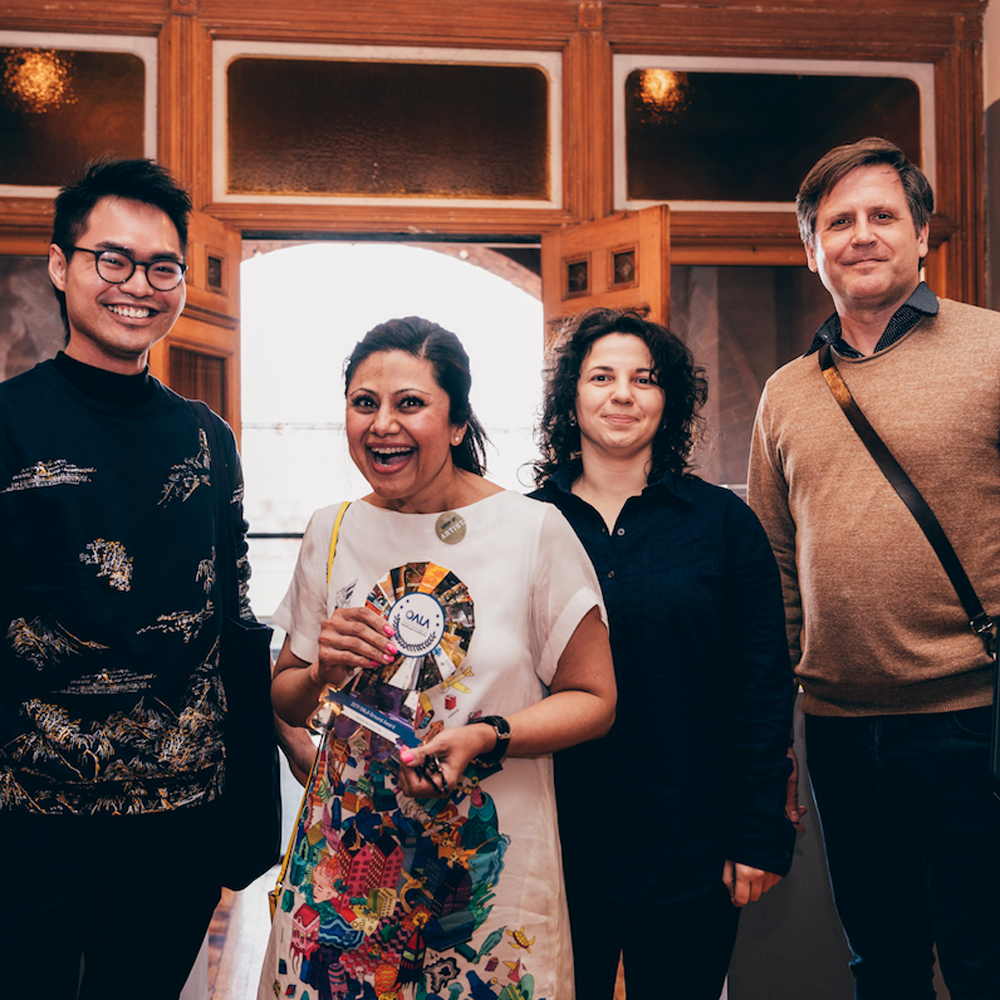
in memoriam
Richard Strong
The OALA is saddened to announce the passing of Richard Strong on April 22, 2019. Richard was a full member of the OALA (1968-1977 and 1995-2019) and was awarded the honorary status of OALA Emeritus member. Richard Strong was one of the three founding members of the OALA, listed on the 1968 Letters Patent.
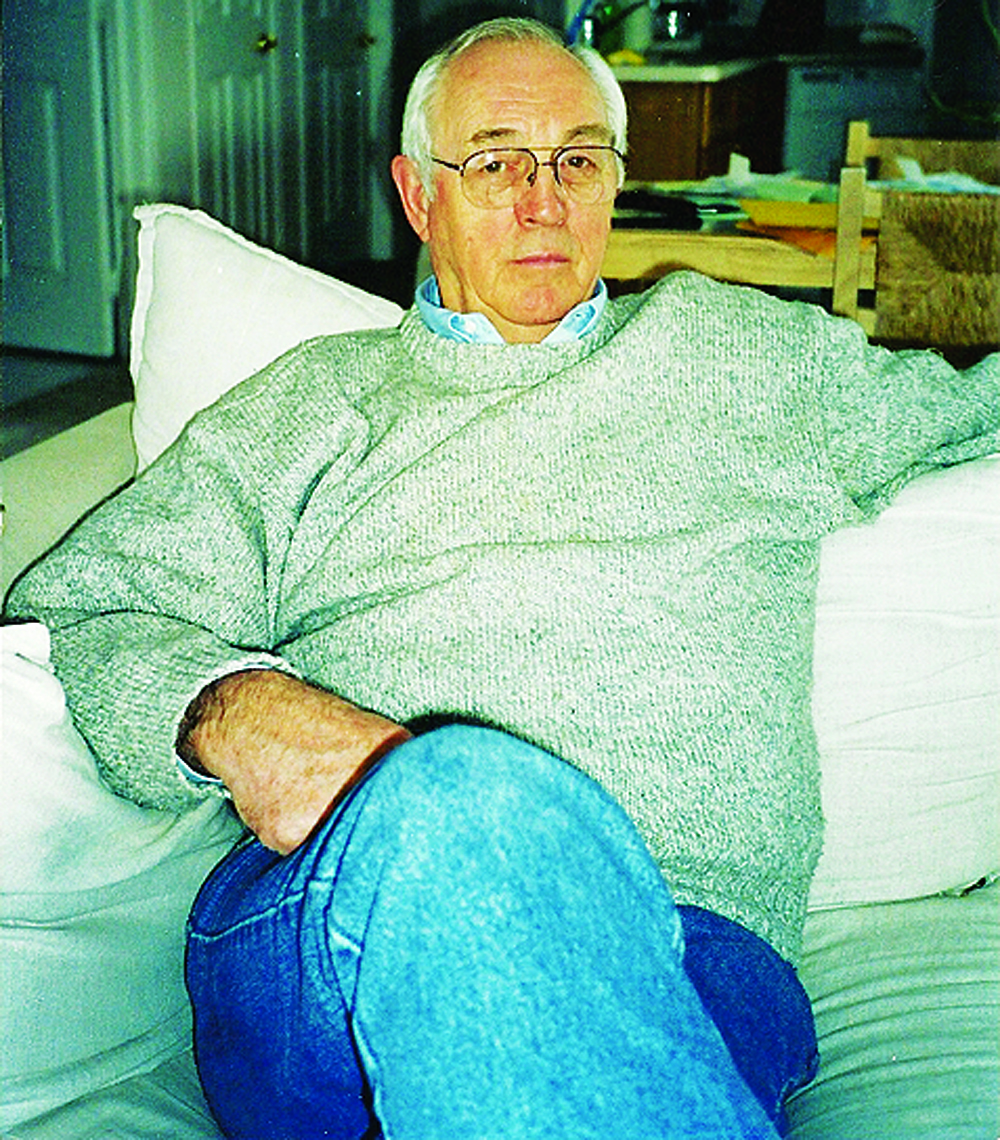
Richard Strong had a long and very accomplished professional life. He graduated from Ohio State University with a Bachelor of Landscape Architecture in 1957 and then completed his Master of Landscape Architecture at Harvard University in 1959. Throughout his long career, Richard Strong provided leading design and inspiration to the profession in Canada, Australia, and around the world.
In 1959, he started work in Toronto with John B. Parkin Associates. He then launched Sasaki Strong Associates with partner Hideo Sasaki in 1961. During this time, they led the profession with projects that included Queen’s Park and Nathan Phillips Square in Toronto, and La Ronde and the Ontario Pavilion at Expo67.
Richard went on to work with Steven Moorhead from 1972 to 1977 when he moved to Calgary, Alberta. He was based in Alberta until 1997, when he moved back to Ontario where he continued to practise until his retirement.
Richard’s impact on landscape architecture reached beyond his work. He taught or influenced many of today’s landscape architects. He founded the program and was appointed the first Chair of the Department of Landscape Architecture at the University of Toronto in 1968. He was also a visiting critic and lecturer at 16 universities across Canada, the United States, and Australia. During this time, he also published books and articles on landscape architecture.
The impact of his thought on the subject is globally recognized. He is one of the pioneering landscape architects featured by the Cultural Landscape Foundation and holds numerous awards and honours from the CSLA, ASLA, American Interior Plantscape Association, Ohio State University, and Royal Canadian Academy of Arts. From the Government of Canada, he received a 1967 Centennial Medal and a Queen Elizabeth Medal in 1977. He is an Emeritus member of the OALA and a Fellow of the CSLA.
As is the OALA’s custom, a book will be added to our library and a memorial tree will be planted at the Guelph Arboretum Wall-Custance Memorial Forest in Richard’s name.

